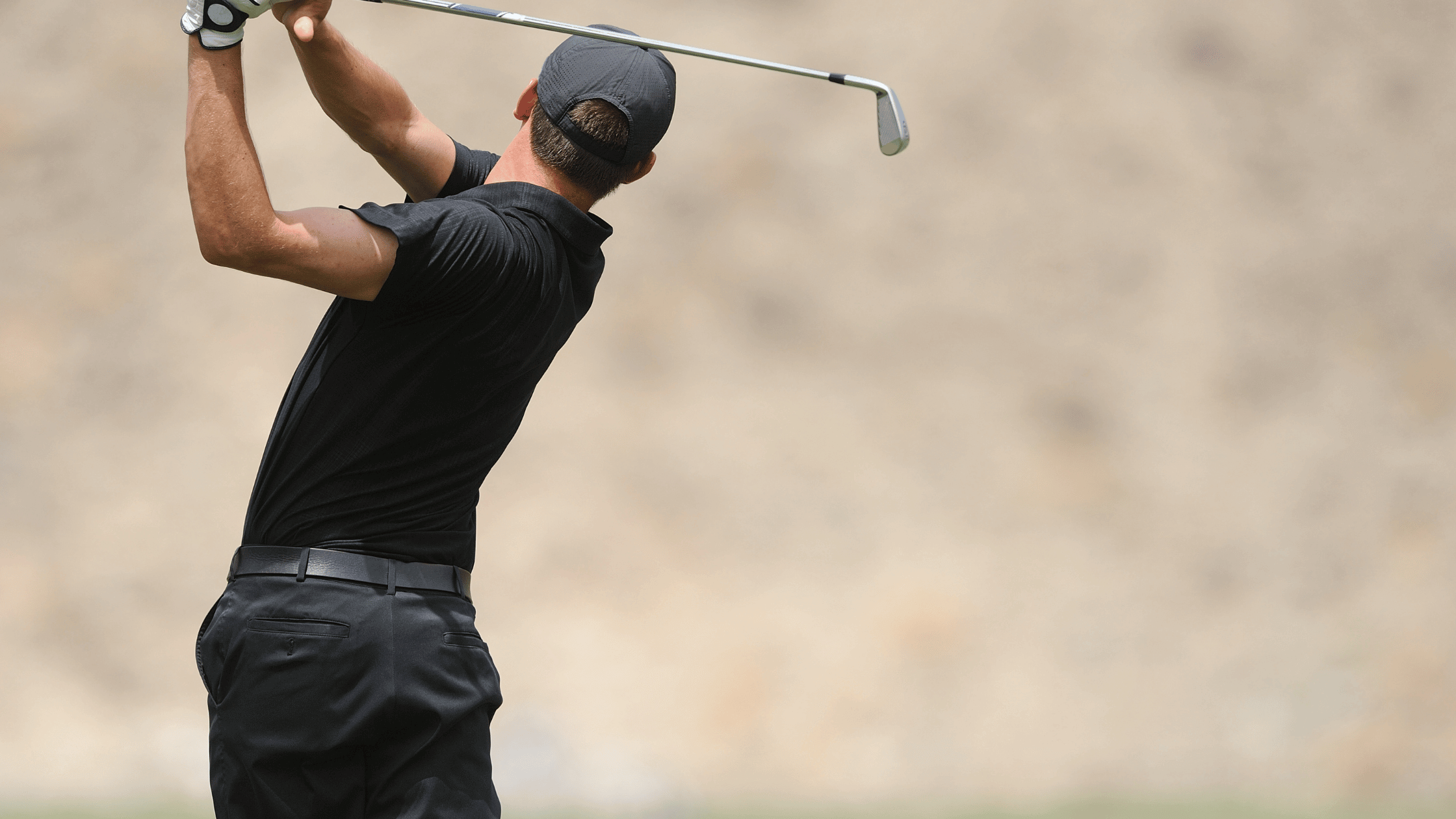Shoulder Pain in Golfers: Causes and Effective Solutions

Licensed Physical Therapist, PT, DPT // Certified Dry Needling Specialist // TPI Level 1 Certified // BaseU Hitting and Pitching Certified // EW Motion Therapy Homewood
Golf can be demanding on the body, particularly the shoulders, due to the vigorous nature of the golf swing. Shoulder pain is a common complaint among golfers, arising from various conditions. We love helping our golfers at EW Motion Therapy reduce pain so they can get back on the course as quickly as possible. But even if you decide that our physical therapy doesn’t fit your needs, you can still review this comprehensive overview of the conditions causing shoulder pain in golfers, effective gameplay adjustments to mitigate this discomfort, and how physical therapy can aid treatment and prevention.
Conditions causing shoulder pain in golfers
Rotator cuff injuries
Rotator cuff injuries are prevalent among golfers due to the repetitive overhead motion of the golf swing. These injuries can range from mild tendonitis (inflammation of the tendons) to more severe rotator cuff tears. Symptoms include pain, weakness, and limited range of motion.
Shoulder impingement syndrome
Shoulder impingement in golfers is a condition where the tendons of the rotator cuff muscles in the shoulder are irritated or damaged due to the repetitive and dynamic arm movements of the golf swing. This impingement occurs when these tendons are pinched between the shoulder bones, leading to pain, weakness, and reduced mobility. Risk factors include poor swing mechanics, overuse, and lack of proper warm-up.
Bursitis
Bursitis in golfers is an inflammation of the bursae, small fluid-filled sacs that cushion the bones, tendons, and muscles near joints, often occurring in the shoulder due to the repetitive motion of the golf swing. This condition results in pain, swelling, and reduced joint movement, particularly impacting the fluidity and range of the golf swing. Risk factors include repetitive overuse of the joint, improper swing technique, and inadequate warm-up or stretching.
Arthritis
Arthritis in golfers is a condition where joint inflammation, particularly in the hands, wrists, elbows, and knees, affects their ability to play golf. The repetitive motion and impact of the golf swing can exacerbate the pain, stiffness, and swelling associated with arthritis, potentially hindering grip strength and swing mechanics. Common in older golfers, arthritis can be aggravated by overuse and poor swing technique.
Instability
Shoulder instability in golfers refers to a condition where the shoulder joint is overly loose and prone to dislocation or subluxation, often affecting the control and power of the golf swing. This instability can be due to weakened or injured ligaments and tendons around the shoulder, exacerbated by the high-velocity and repetitive movements in golf. Golfers with shoulder instability may experience pain, a sensation of the shoulder "giving way," and decreased performance.
Adjusting gameplay to reduce shoulder pain
Swing mechanics
Modifying your swing can help alleviate shoulder strain. This involves adjusting your posture, grip, and swing tempo. A more efficient swing technique can reduce the stress on your shoulder joints and muscles.
Equipment adaptation
Choosing the right equipment is crucial. Lighter clubs and those with suitable grip sizes can decrease the burden on your shoulders. Also, custom-fitting your golf clubs can ensure they complement your body mechanics, reducing the risk of injury.
Physical therapy: a comprehensive approach to shoulder pain
Personalized rehabilitation
Physical therapy offers a targeted approach to treating shoulder pain and includes exercises to strengthen the shoulder muscles, improve flexibility, and enhance joint stability.
Pain management techniques
Physical therapists may use pain management techniques, such as ice therapy, heat therapy, or ultrasound, to reduce inflammation and alleviate pain.
Preventive strategies
Prevention is vital in managing shoulder pain. Physical therapists can guide proper warm-up exercises, swing techniques, and general shoulder care tips to prevent future injuries.
Advanced interventions
For persistent or severe shoulder pain, your therapist may recommend more advanced interventions. These can include specialized exercises, manual therapy, or even referral for further medical evaluation if necessary.
Shoulder pain in golfers can arise from various conditions requiring specific management strategies. Golfers can manage their shoulder pain effectively by understanding these conditions, adjusting gameplay techniques, and leveraging physical therapy. This approach addresses current discomfort and lays the foundation for long-term shoulder health, ensuring golfers enjoy their game pain-free. Remember, managing shoulder pain early and proactively is the key to maintaining your health and longevity. Our golfers at EW Motion Therapy enjoy individualized treatment plans, sport-specific programming, and an ally to help them in their golf journey. If you’re curious about what else physical therapy can do for your golf career, click the button below to download our answers to 20 frequently asked questions.


